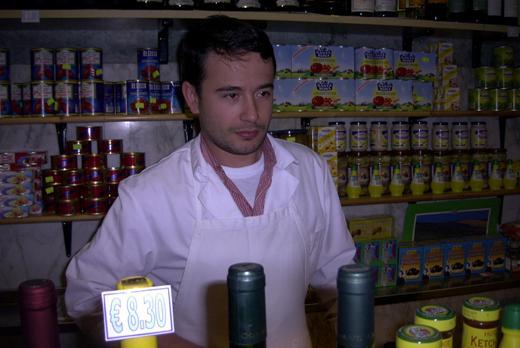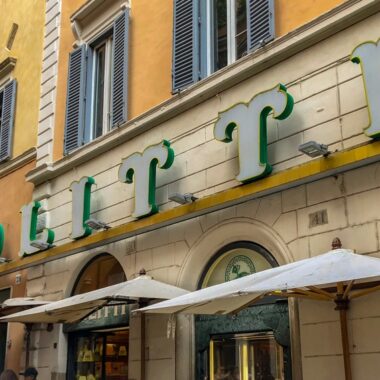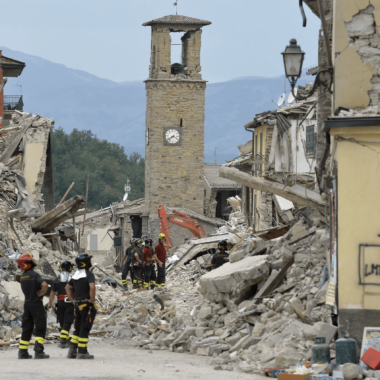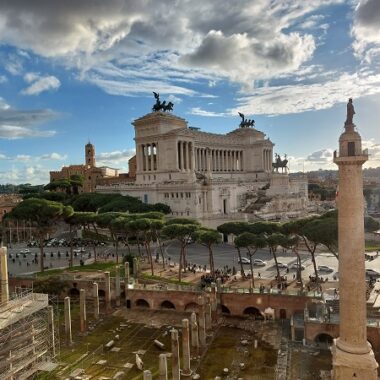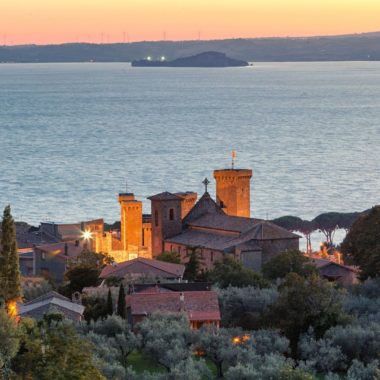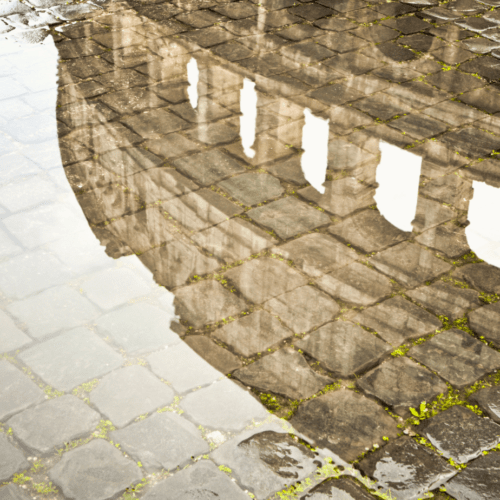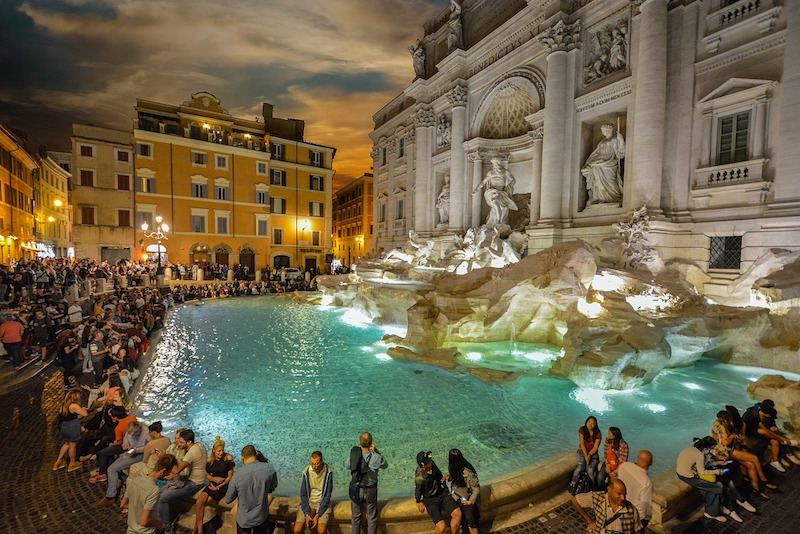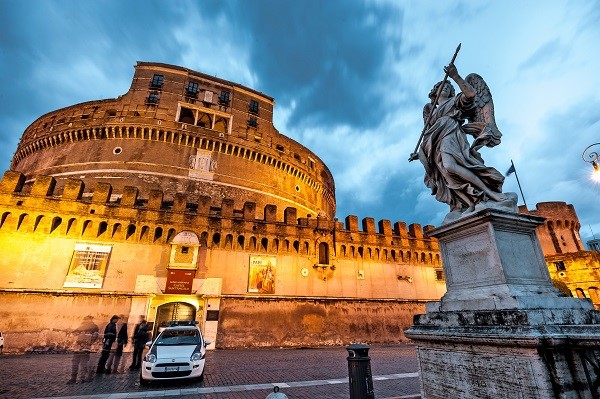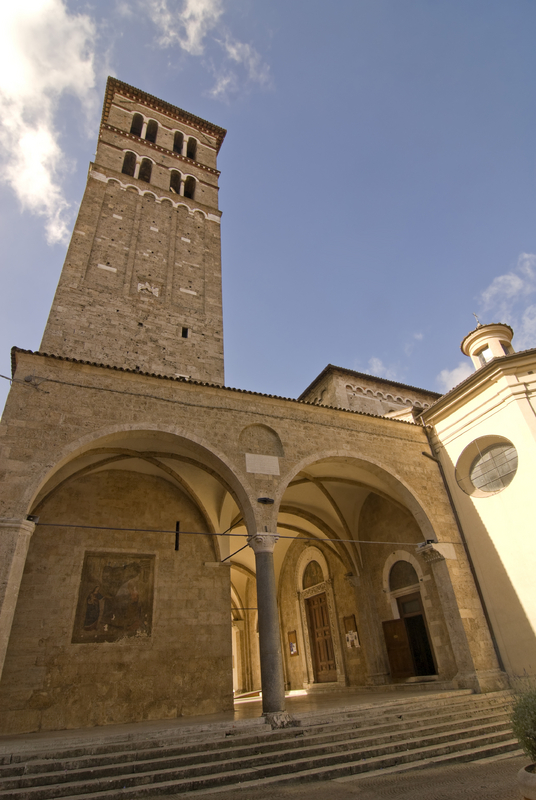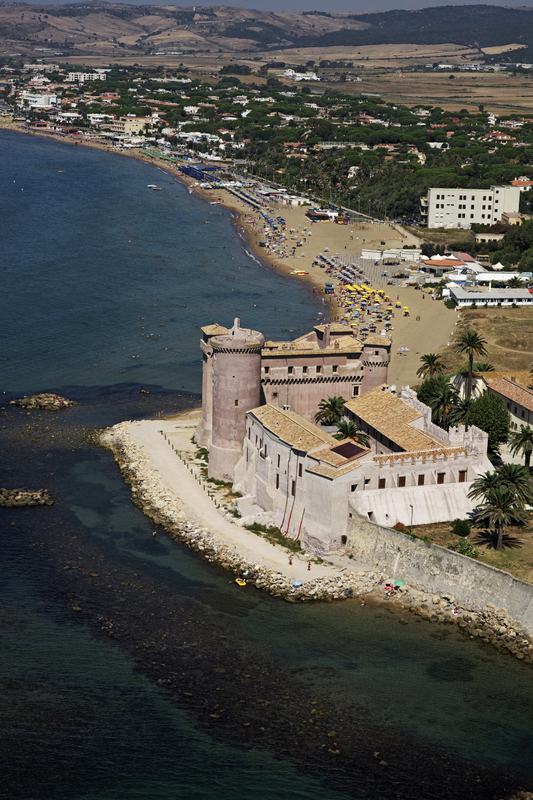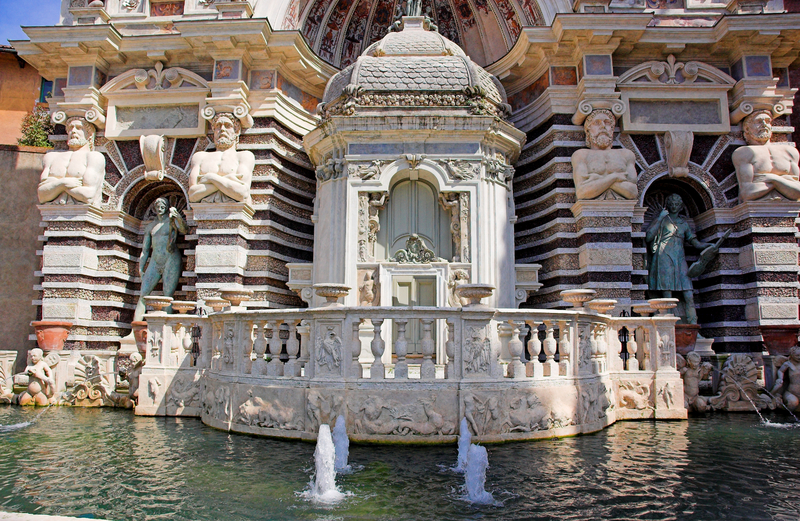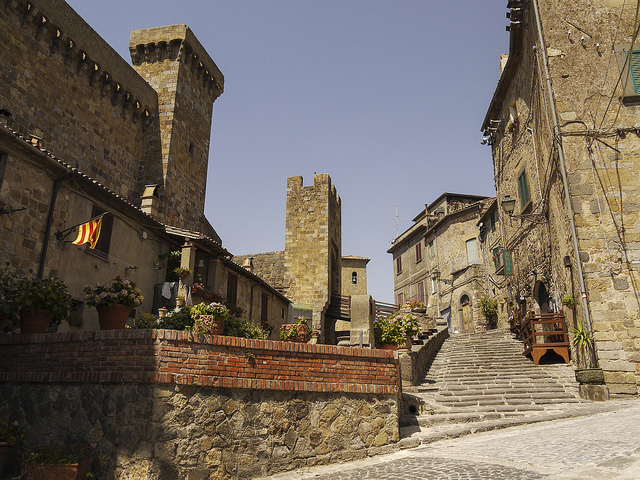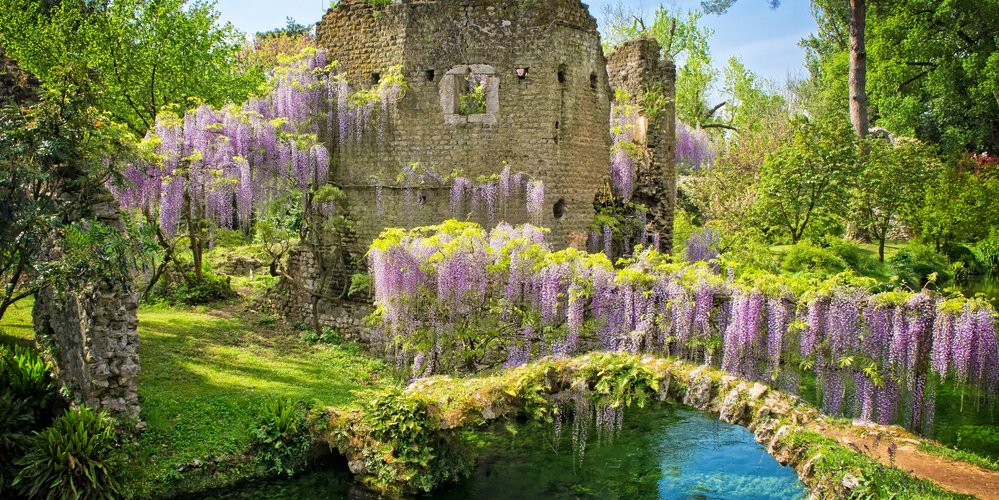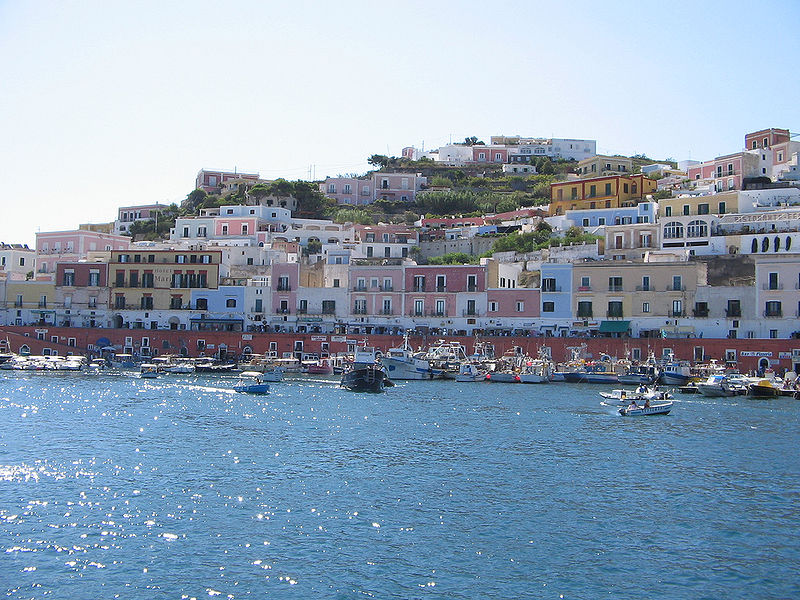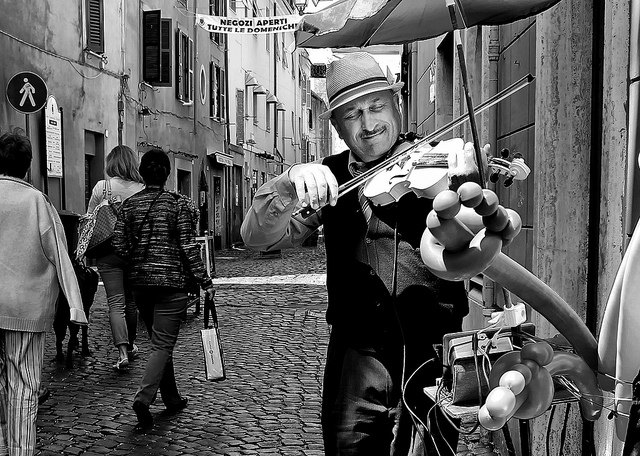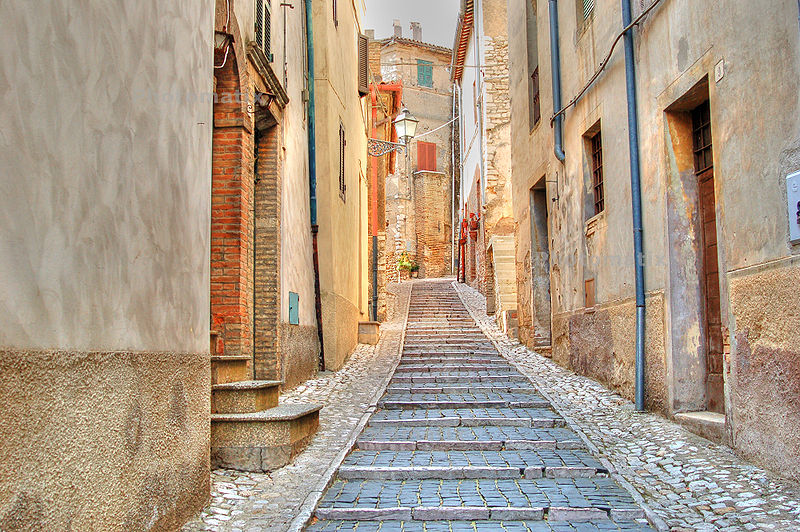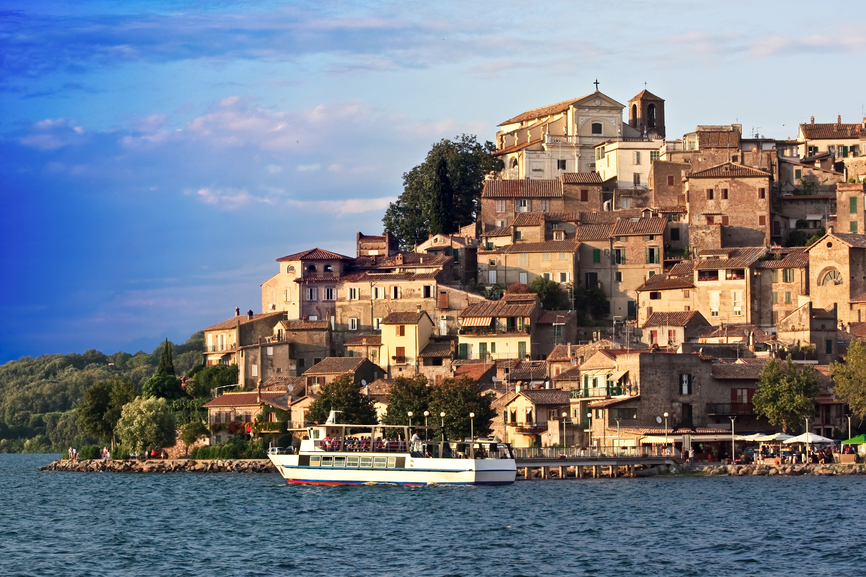Living in the Castelli Romani area, you have to take notice of two beautiful lakes. Lago di Nemi and Lago di Albano, also known as Lago di Castelgandolfo, with their respective towns: Nemi, Albano and Castelgandolfo. The lakes are actually two craters belonging to a bigger one.
Lago di Nemi at Castelli Romani
The smallest and prettiest one of the lakes of the Castelli Romani is Lago di Nemi, or ‘Lacus Nemorensis’. ‘Nemus’, is the Latin word meaning ‘sacred grove’. The Lake of Nemi is located south-east of Rome, easy to reach by Via dei Laghi, or the via Appia by taking them via Nemorense.
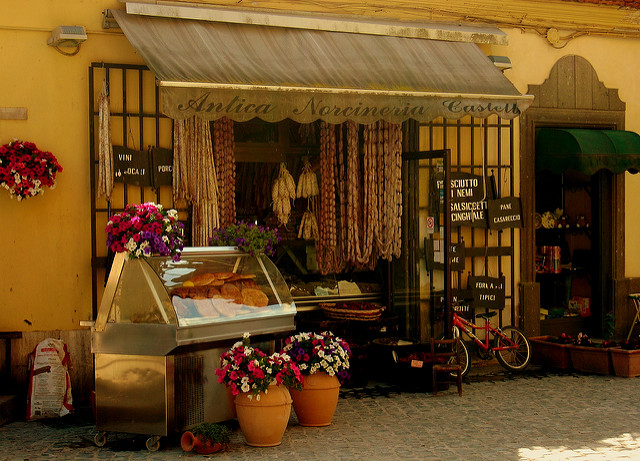
The small lake has a perimeter of 5 Km and rests, about, 316 meters above sea level, with its 32 meters depth. Overlooking the lake is the castle, which belonged to the Ruspoli family, standing guard to its small alleys and tiny shops, raising the town to 530 meters above sea level, thus making it a nice and cool place to visit, during the summer season.
The lake of Nemi is also known as Specchio di Diana (Diana’s Mirror) since the goddess temple was built, by the Romans, close to the lake area. It is believed that, since Romulus was one of the twin sons of Rhea Silvia (vestal of Diana’s temple) and the god Mars, and was born in the Nemi area, the origins of Rome could have started from this area. The forest, which surrounds the town, is also known as Nemus Aricinum (Woods of Ariccia), because of its closeness to the town of Ariccia, famous for the ‘porchetta’ (pork meat).
Nemi was very well known to writers H.C. Andersen, Lord Byron, Stendhal, and Goethe, and musicians such as Gounod, who was inspired for his Ave Maria, by the small lake. Tradition says he wrote this composition with his guitar, which he always carried around wherever he went. Also, many painters, from the 17th century, got inspired by the lake for their works. An interesting note: lord Byron took inspiration here for his ‘Child Harold’s Pilgrimage’ and a belvedere terrace, in Nemi’s Piazza Roma, was named after the writer. Nemi is widely famous for two things, besides its castle and churches: strawberries and the Roman ship’s museum.
In the 1930s a museum was built on the shore of the lake to host two Roman ships that had been recently pulled out of the waters. The Roman ships were built by Emperor Caligola, in order to celebrate Diana (and himself) with festivals and rituals; they actually had small temples and a patrician style construction, which were similar to the actual villas in Rome. They were sunk after Caligula’s death, in 41 AD. After many attempts, they were finally taken to dry land and a museum was built for them.
The ships were destroyed during WWII by a fire in 1944 and only few artefacts of the museum were saved from the fire. In 1995 a project was started to construct a full-size replica of the two ships.
Lago Albano
Lago di Castelgandolfo or Lago Albano – from the Latin: Albanus – with its 170 meters, is one of the deepest lakes of the Castelli Romani region. Placed 25 Km south of Rome, is, approximately, 3.5 Km wide and 10 Km long and composed of two craters joined together. The town of Castel Gandolfo stands 615 meters above sea level at its highest point. Its name derives from Alba Longa, the city which reigned over the Lazio region before Rome came to birth.
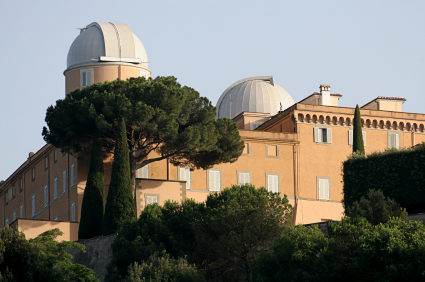
This town is famous for being the Pope’s summer retreat since 1597. The palace was commissioned by Pope Urbano VIII and became to be the pope’s summer palace until 1870 when Rome became the capital of Italy. Popes didn’t leave Vatican City until 1929, when the Vatican City-State was created and the Pope’s Villas of Castel Gandolfo were declared extraterritorial properties of the Holy See, outside the jurisdiction of Italy. Pope Pius XI was the first Pope to return to Castelgandolfo. Its gardens also contain the remains of emperor Domiziano’s villa and St. Thomas of Villanova Church with a fountain, both designed by the famous architect Bernini. Along with Villa Cybo and Villa Barberini, it now forms the Pontifical Gardens complex, extending for 55 hectares circa.
Another interesting thing to know is that the Pontifical Compound houses the famous ‘Specula Vaticana‘ (the Vatican Mirror), mentioned by Dan Brown in one of his books. The Specula is an astronomical observatory that was moved from Rome to Castelgandolfo in 1934 since Rome’s new electrical lighting system made it impossible for the Specula to be used properly. The problem that arose, nowadays, in Castelgandolfo, consequently the Vatican had to move the Specula to the Arizona desert.
Interesting to see is the museum containing a large variety of meteors and moon rocks which were presented to the Popes.
Thanks to Pope Francis, since March 2014 paid visitors can tour the gardens, every morning except Sunday (price is 20 euro as of February 2016).

Albano town instead lies right on the lake. Roughly 400 meters above sea level and 25 Km from Rome, on the via Appia, and only 20 Km from the sea. This gives it mild summers and moderately cold winters. Its historical and archaeological beauties, the lake, woods, the local cuisine – characterized by the local white wine: ‘Vino dei Castelli’ – the artisans shops in the picturesque downtown area, make Albano one of the main sights to be seen in the Castelli Romani.
By Michael A. McCain




